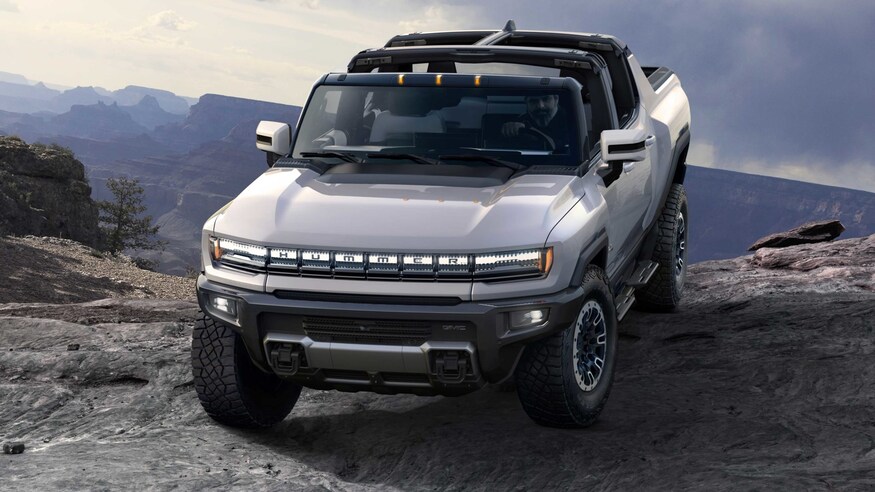This is the latest in Localogy’s Skate To Where the Puck is Going series. Running semi-weekly, it examines the moves and motivations of tech giants as leading indicators for where markets are moving. Check out the entire series here, and its origin here.
You’ve likely heard the saying that the automobile is the next mobile device. Partly tongue-in-cheek — playing on the mobility of four wheels — it also holds lots of truth. The device we park in our driveways is slowly inheriting and enhancing the role of the one we carry in our pockets. And that includes local search.
This is a topic we’ve been following for a while, which re-emerged during Localogy 20/20 when Mobileye’s Mois Navon walked us through the positive impact and ripple effects that autonomous vehicles (AVs) will have on our lives. That includes everything from safety to more AI-infused and connected experiences.
Back to local search, there are a few angles. Lidar systems (like those in the new iPhone 12 Pro) build spatial maps, which can be the foundation for AR-guided experiences. This is a steroid-fueled version of the way Google taps Street View data as a basis for AR-guided navigation and local discovery.
But the more immediate opportunity where the rubber meets the road (sorry) is the perennially-relevant branch of local commerce known as offline attribution. This is all about measuring behavior post-ad exposure to determine impact on transactions or store visits — usually tracked through your mobile device.
Level the Playing Field
Though attribution usually happens in mobile advertising, the car’s role — we’ll call it auto-attribution — could benefit another ad channel: radio. Given that the car is a place where radio listening is native, the thought is that ad exposure could be tied to subsequent behavior such as showing up at a store.
And radio could surely use it. The industry’s lunch has been eaten by online and mobile-native players that have created new standards and advertiser expectations around attribution-based analytics. Could the connected car be radio’s saving grace in leveling the playing field from an attribution standpoint?
Another beneficiary is out-of-home (OOH) advertising. For example, connected cars can connect the dots between billboard impressions and subsequent store visits. There have been innovators in OOH analytics such as Geopath, but car-tracked store visits could close the attribution loop in more meaningful ways.
The OOH opportunity also ties back to radio given the consolidation and fusion of these two ad-media over the past few years — ClearChannel being the 800 lb gorilla. A car-based attribution model applied to both media could have a “whole is greater than the sum of its parts” effect, as attribution data often go.
Installed Base
So how does this work on technical levels? The car is increasingly infused with sensors that can enable the above opportunities. If we consider AVs, the computer vision and navigational systems that let them do their thing also create the connectivity and location awareness that can power attribution scenarios.
But we’re far from AV ubiquity. Until then, there’s a massive installed base of navigation and telematics systems. One example is OnStar, which offers a free 10-year subscription to all new GM owners. Given the price tag, most people opt-in which phases in tens of millions of connected cars each year.
To play out one scenario, most navigation and telematics systems have constant GPS pings to calculate metrics like speed and direction. Using that same data, location-based ad impressions can be identified, such as a billboard you pass or a radio ad you hear. Navigation data can then validate store visits.
The radio industry has already dabbled a bit in attribution, such as tracking website visits that follow radio ads that aired in proximity. iHeart is also doing interesting things in tying streaming content and podcasts to subsequent search behavior. But post-impression store visits tell a stronger ROI story.
Go to Market
So if there’s an opportunity here, how will materialize and reach the market? Auto manufacturers hold the keys (sorry again) to potentially valuable data… but don’t necessarily know what to do with it. However, the Foursquares and NinthDecimals of the world can unlock that data and put it in play.
Specifically, data from myriad sensors in your car could offer new dimension to the already-rich sources that these location intelligence players synthesize. Given that most of their data is from mobile devices, the car could hold non-overlapping data to bring additional insights to their platforms.
The location intelligence players mentioned above and others (you know who you are), can also ensure responsible data use. These players have privacy protocols — and risk-management incentives — to be “good actors.” This could represent an opportune, yet also safe, way to tap the last mile of auto attribution.
Beyond our speculation, auto-attribution is already materializing to some degree. Taco Bell has begun to work with GM to connect the dots between location-targeted radio advertising and revenue lift. We’ll keep a close eye on results, as well as the broader opportunity at the intersection of cars and local ads.



